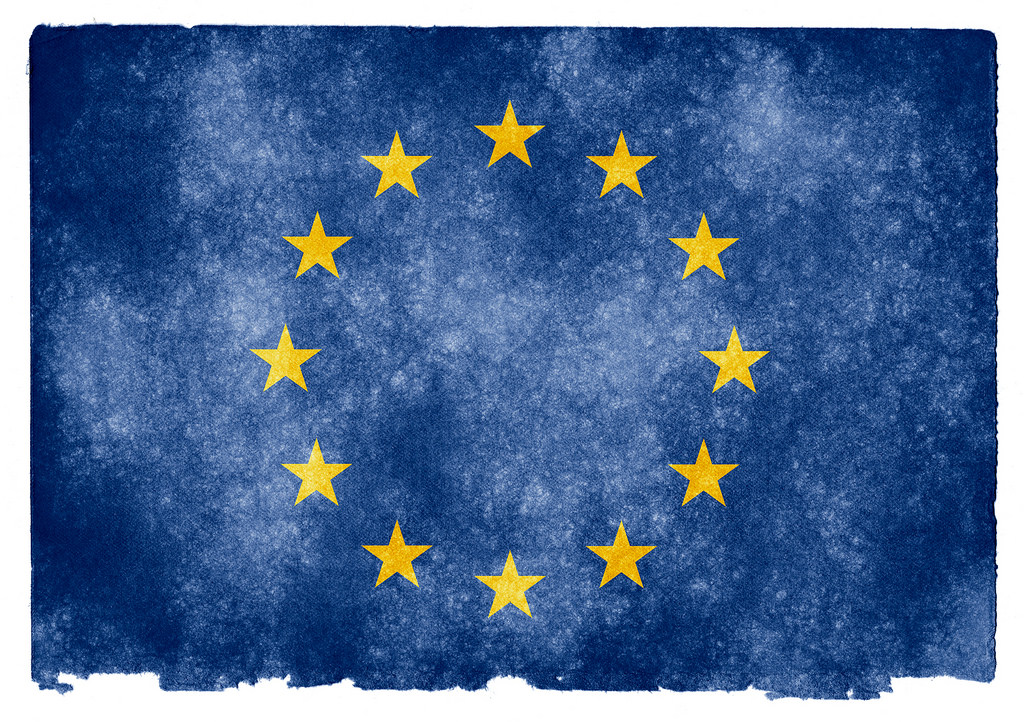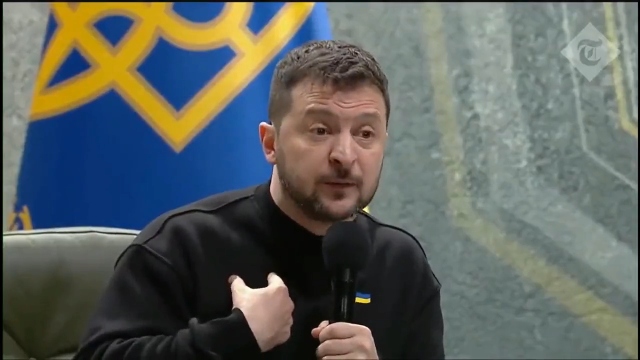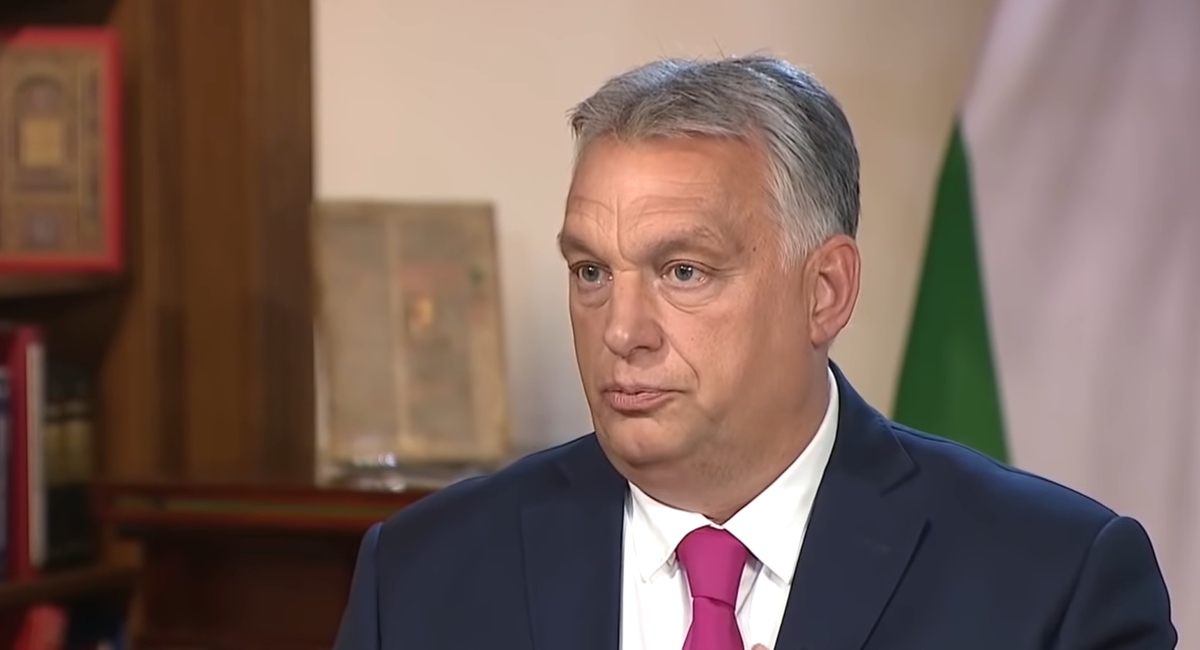UK's new Gravehawk missile system bolsters Ukraine’s air defenses amid shifting Western support
By isabelle // 2025-02-15
Tweet
Share
Copy

- The UK has delivered the innovative Gravehawk surface-to-air missile system to Ukraine, repurposing Soviet-era R-73 missiles to counter Russian drones and cruise missiles.
- The portable, containerized system is immune to Russian electronic warfare and has already been deployed in combat, with more units expected.
- Western military aid faces uncertainty, with the U.S. signaling a shift in priorities and urging Europe to take greater responsibility for Ukraine’s defense.
- US Secretary of Defense Pete Hegseth dismissed NATO membership for Ukraine as unrealistic, calling for a focus on ending the conflict.
- President Trump and Russian President Putin have initiated talks for potential peace negotiations, raising concerns in Kyiv about territorial concessions.
Western aid under scrutiny
The Gravehawk’s deployment comes as Western support for Ukraine faces increasing scrutiny. The UK has pledged £4.5 billion ($5.6 billion) in additional military aid this year, bringing its total contribution to £8.4 billion. However, the U.S., Ukraine’s largest benefactor, has signaled a shift in priorities. During a recent meeting of the Ukraine Defense Contact Group in Brussels, U.S. Secretary of Defense Pete Hegseth dismissed the idea of NATO membership for Ukraine and called the goal of restoring Ukraine’s pre-2014 borders “unrealistic.” Hegseth emphasized that Europe must take greater responsibility for Ukraine’s defense, echoing President Donald Trump’s call for NATO members to increase military spending to 5% of their GDP. “The United States does not believe that NATO membership for Ukraine is a realistic outcome for a negotiated settlement,” Hegseth said. “Chasing this illusionary goal will only prolong the war and cause more suffering.”Negotiations on the horizon?
Amid these developments, President Trump has signaled a potential diplomatic breakthrough. Following a phone call with Russian President Vladimir Putin, Trump announced plans to begin negotiations to end the war. “We each talked about the strengths of our respective nations, and the great benefit that we will someday have in working together,” Trump said. Ukrainian President Volodymyr Zelensky described his own call with Trump as “meaningful” and focused on “opportunities to achieve peace.” However, Zelensky has expressed concerns about decisions being made without Kyiv’s involvement, particularly regarding territorial concessions. The Gravehawk system is a testament to Western ingenuity. However, with peace talks on the horizon, the hope is that this conflict—and the immense financial and human costs it has incurred—will soon come to an end. Sources for this article include: TWZ.com TheTimes.com News.Antiwar.com Axios.comTweet
Share
Copy
Tagged Under:
NATO Ukraine military technology weapons missiles air defense WWIII U.K. weapons technology Russia-Ukraine war surface-to-air missiles R-73 missiles Gravehawk
You Might Also Like
Are the EU and Zelensky planning to open a new front against both Russia and the US?
By News Editors // Share
Zelensky claims he’d resign for NATO membership or peace, as U.S. aid tensions mount
By Cassie B. // Share
EU’s energy crisis: A path to economic ruin or a wake-up call?
By Willow Tohi // Share
Israeli outrage as Hamas misidentifies hostage remains, jeopardizing fragile truce
By Cassie B. // Share
Recent News
Rogue Wisconsin judges shield illegal aliens, defy Congress, and mock due process
By isabelle // Share
The polio vaccine's dark side: Massive shedding and outbreak-driven mutations
By ljdevon // Share
Rye: The forgotten supergrain that can upgrade your diet
By lauraharris // Share










